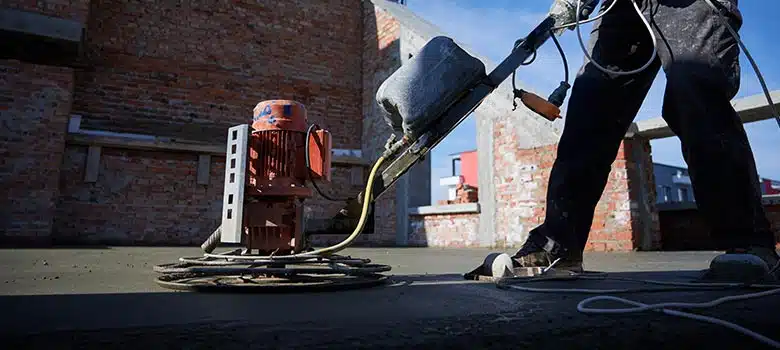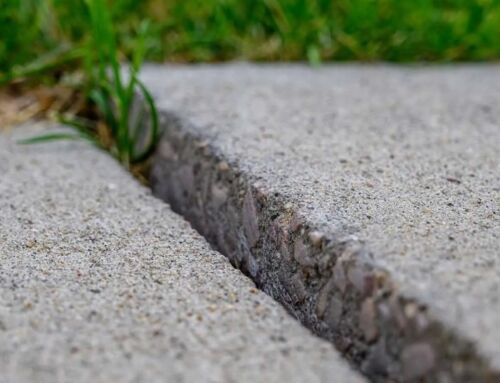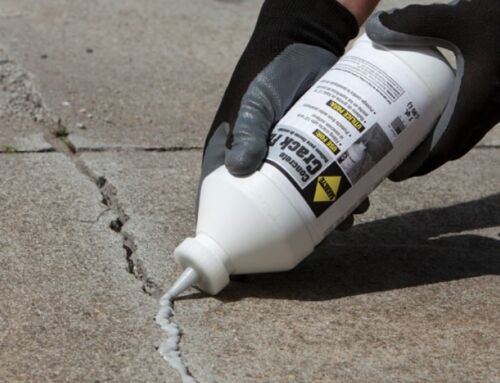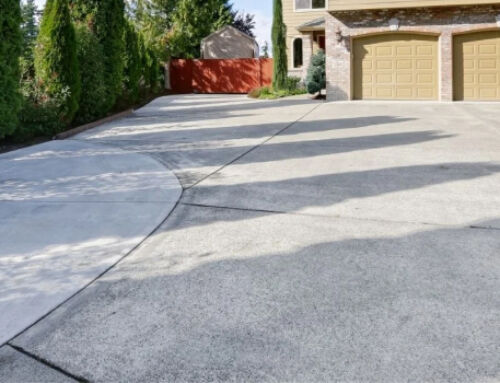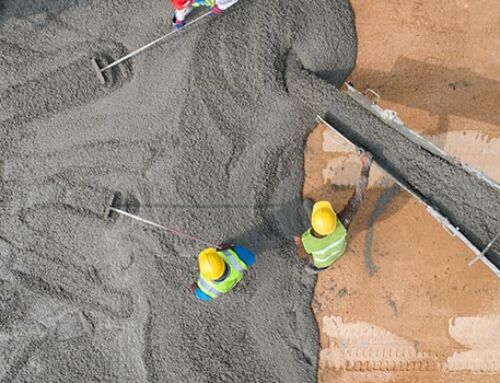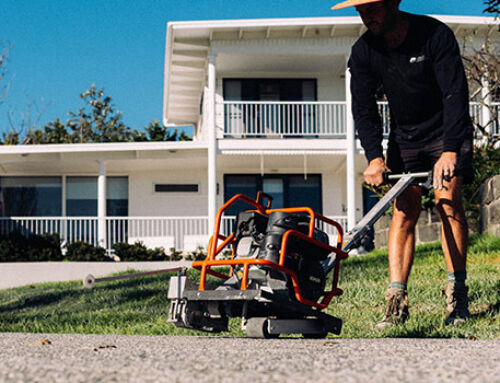Have you noticed the temperature dropping?
Cold weather conditions in Melbourn – with temperatures often dropping below freezing – can lead to issues such as delayed setting, reduced strength development, and increased susceptibility to cracking.
There’s no avoiding it, Melbourne’s cold temperatures can pose unique challenges when it comes to your concrete construction projects.
Cold weather can affect the curing process of concrete, making it crucial you follow specific practices to ensure the best possible results.
In this article, we will explore seven best practices for cold weather concreting in Melbourne. Whether you’re planning a concrete driveway or other concrete project, read on for priceless insights and tips for a successful project.
If you want to learn more about concreting options, check out our resources:
#1 – Plan Ahead and Monitor Weather Conditions
Before starting any concrete work, whether driveway installation or any other project, it is crucial to plan ahead and stay informed about the weather conditions.
Keep an eye on the forecast and schedule your concrete pours during milder days when temperatures are above freezing. Extreme cold can lead to delayed setting and freezing of the concrete, compromising its strength and durability.
It’s also essential to account for changes in weather patterns that can impact the project timeline.
Remember, proper planning and monitoring will help mitigate potential risks.
#2 – Use Proper Concrete Mix Design
Cold weather concrete precautions start by consulting a reputable concrete supplier to ensure your mix includes additives specifically designed for cold weather conditions. These additives can improve the workability and set time of the concrete, allowing for proper curing even in lower temperatures.
Additionally, consider using low-heat cement, which generates less heat during hydration, reducing the risk of thermal cracking in cold weather.
Need a Little Inspo? Modern Concrete Driveway Ideas
#3 – Pre-Heat Materials and Equipment
Cold weather can cause materials and equipment to cool down rapidly, affecting the overall performance of the concrete.
Prior to mixing, consider pre-heating the aggregates, water, and any necessary equipment. This step helps maintain a consistent temperature throughout the process and minimises the risk of freezing. It is important to note that excessive heating of materials can have adverse effects, so maintaining the optimum temperature range is crucial.
#4 – Protect the Concrete During Placement
Once the concrete is poured, it is crucial to protect it from freezing.
Use insulated blankets or straw covers to retain heat and prevent rapid temperature drops. Additionally, consider using windbreaks to shield the freshly poured concrete from chilly gusts, which can accelerate the cooling process.
Take extra care to cover exposed edges and corners, as they are more susceptible to freezing. If possible, create an enclosure with temporary structures to provide additional protection from the elements.
#5 – Use Hot Water and Accelerators
When mixing concrete in cold weather, using hot water can significantly aid in maintaining the desired temperature.
Replace a portion of the mix water with heated water to help counteract the effects of low ambient temperatures. Similarly, accelerators can be added to speed up the setting time, enabling proper curing even in colder conditions.
However, it is important to follow the manufacturer’s recommendations regarding dosage rates to avoid any negative impacts on the concrete’s long-term strength and durability.
#6 – Monitor and Control Temperature
Throughout the curing process, it is essential to continuously monitor and control the temperature of the concrete.
Employ temperature sensors or probes to ensure the concrete remains within the recommended temperature range for optimal strength development. Adjust the curing methods, such as additional insulation or heating, as needed to maintain the desired temperature.
Consider using thermal blankets or electrically heated enclosures to provide consistent heat and protect the concrete from temperature fluctuations.
#7 – Extend Curing Period
Cold weather slows down the curing process, extending the time it takes for the concrete to gain sufficient strength. Therefore, it is crucial to extend the curing period to compensate for these lower temperatures.
Follow the recommended curing guidelines provided by the concrete supplier, and consider allowing extra time before applying any additional loads or stresses to the concrete.
Be patient and avoid rushing the project, as premature loading or exposure to extreme conditions can lead to reduced durability and structural integrity.
Protect Your Investment: Concrete Driveway Sealing
Bonus Cold Weather Concreting Tips
In addition to the best practices mentioned, it is crucial to prioritise safety when working in cold weather conditions.
Ensure the construction site is properly prepared for winter conditions, including adequate lighting, clear pathways, and removal of ice and snow. Workers should wear appropriate protective gear, including warm clothing, gloves, and footwear with good traction to prevent slips and falls.
Furthermore, communication and collaboration are key to a successful cold-weather concreting project.
Maintain open lines of communication with your concrete supplier, construction team, and other stakeholders. Discuss the challenges and requirements specific to cold weather concreting and ensure everyone is on the same page regarding the best practices and procedures to be followed. This collaboration will help identify and address any potential issues before they become major obstacles.
Lastly, keep in mind that cold weather concreting may require additional time and resources compared to projects in milder weather.
Factor in the necessary adjustments and contingencies in your project schedule and budget. Proper planning and allocation of resources will help ensure that your cold-weather concreting project stays on track and meets the desired quality standards.
Cold Weather Concreting: The Final Word
Successfully executing concrete projects during Melbourne’s cold winters requires careful planning, proper material selection, and precise execution.
By following the seven best practices outlined in this article, you can minimise the risks associated with cold weather concreting and ensure the longevity and durability of your concrete structures.
Remember to plan ahead, use appropriate mix designs, protect the concrete during placement, and monitor and control the temperature throughout the curing process.
With these practices in place, you can confidently undertake cold-weather concreting projects in Melbourne.
Call on Concept Concrete for Your Concrete Solution
There’s no one better in Melbourne when it comes to all things concrete than Concept Concrete.
We offer modern and custom concrete designs even with the plainest of concrete types so you can have the best outcome for your project. We also offer fast and free quotes so you can accurately budget for your concrete needs in advance with zero surprises.
Call us on 1300 366 343 today or request an obligation-free quote online to learn more!

